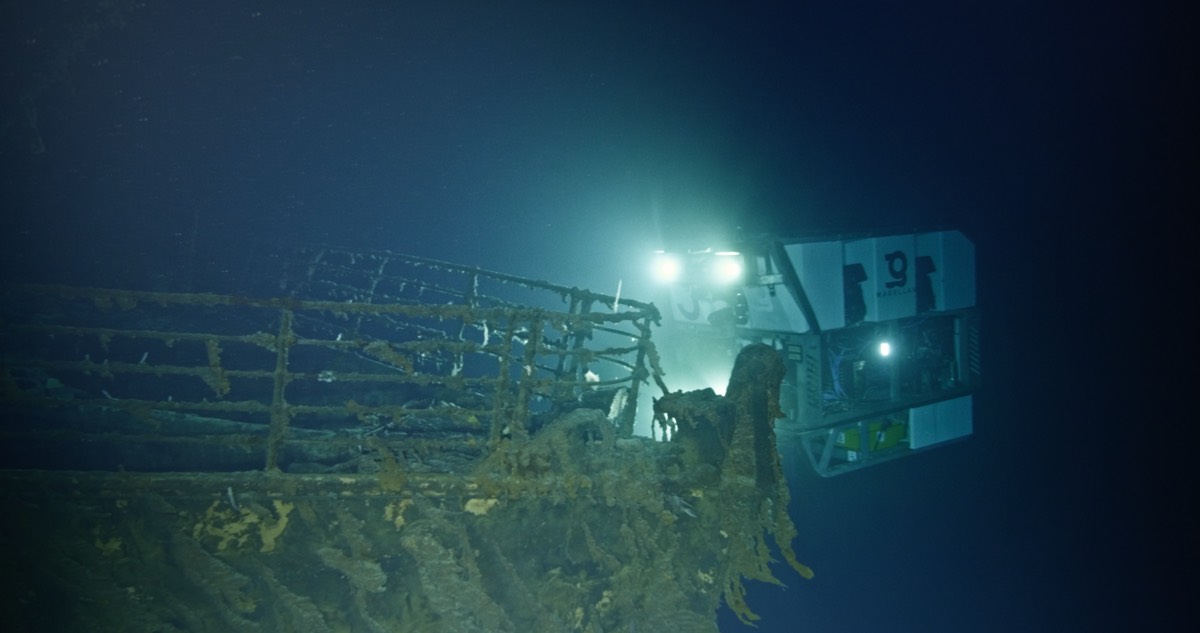
In 2023, we reported on the unveiling of the first full-size 3D digital scan of the remains of the RMS Titanica "digital twin" that captured the wreckage in unprecedented detail.
Magellan Ltd, a deep-sea mapping company, and Atlantic Productions conducted the scans over a six-week expedition.
That project is the subject of the new National Geographic documentary Titanic: The Digital Resurrection, detailing several fascinating initial findings from experts' ongoing analysis of that full-size scan.Titanicmet its doom just four days into the Atlantic crossing, roughly 375 miles (600 kilometers) south of Newfoundland.
At 11:40 pm ship's time on April 14, 1912,Titanic hit that infamous iceberg and began taking on water, flooding five of its 16 watertight compartments, thereby sealing its fate.More than 1,500 passengers and crew perished; only around 710 of those on board survived.Titanic remained undiscovered at the bottom of the Atlantic Ocean until an expedition led by Jean-Louis Michel and Robert Ballard reached the wreck on September 1, 1985.
The ship split apart as it sank, with the bow and stern sections lying roughly one-third of a mile apart.
The bow proved to be surprisingly intact, while the stern showed severe structural damage, likely flattened from the impact as it hit the ocean floor.
There is a debris field spanning a 53-mile area, filled with furniture fragments, dinnerware, shoes and boots, and other personal items.The joint mission by Magellan and Atlantic Productions deployed two submersibles nicknamed Romeo and Juliet to map every millimeter of the wreck, including the debris field spanning some three miles.
The result was a whopping 16 terabytes of data, along with over 715,000 still images and 4K video footage.
That raw data was then processed to create the 3D digital twin.
The resolution is so good, one can make out part of the serial number on one of the propellers."I've seen the wreck in person from a submersible, and I've also studied the products of multiple expeditionseverything from the original black-and-white imagery from the 1985 expedition to the most modern, high-def 3D imagery," deep ocean explorer Parks Stephenson told Ars.
"This still managed to blow me away with its immense scale and detail."

 19
19






